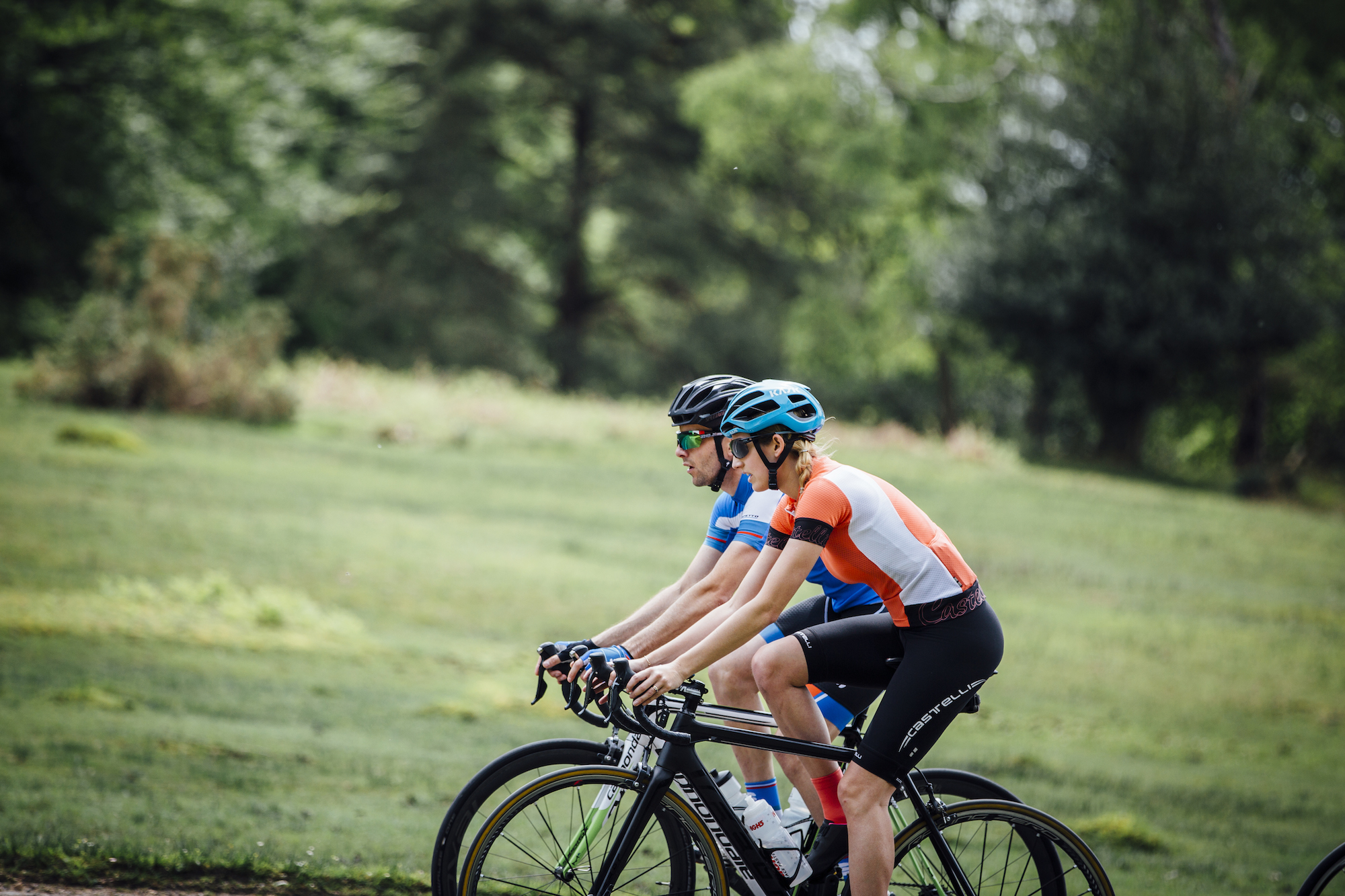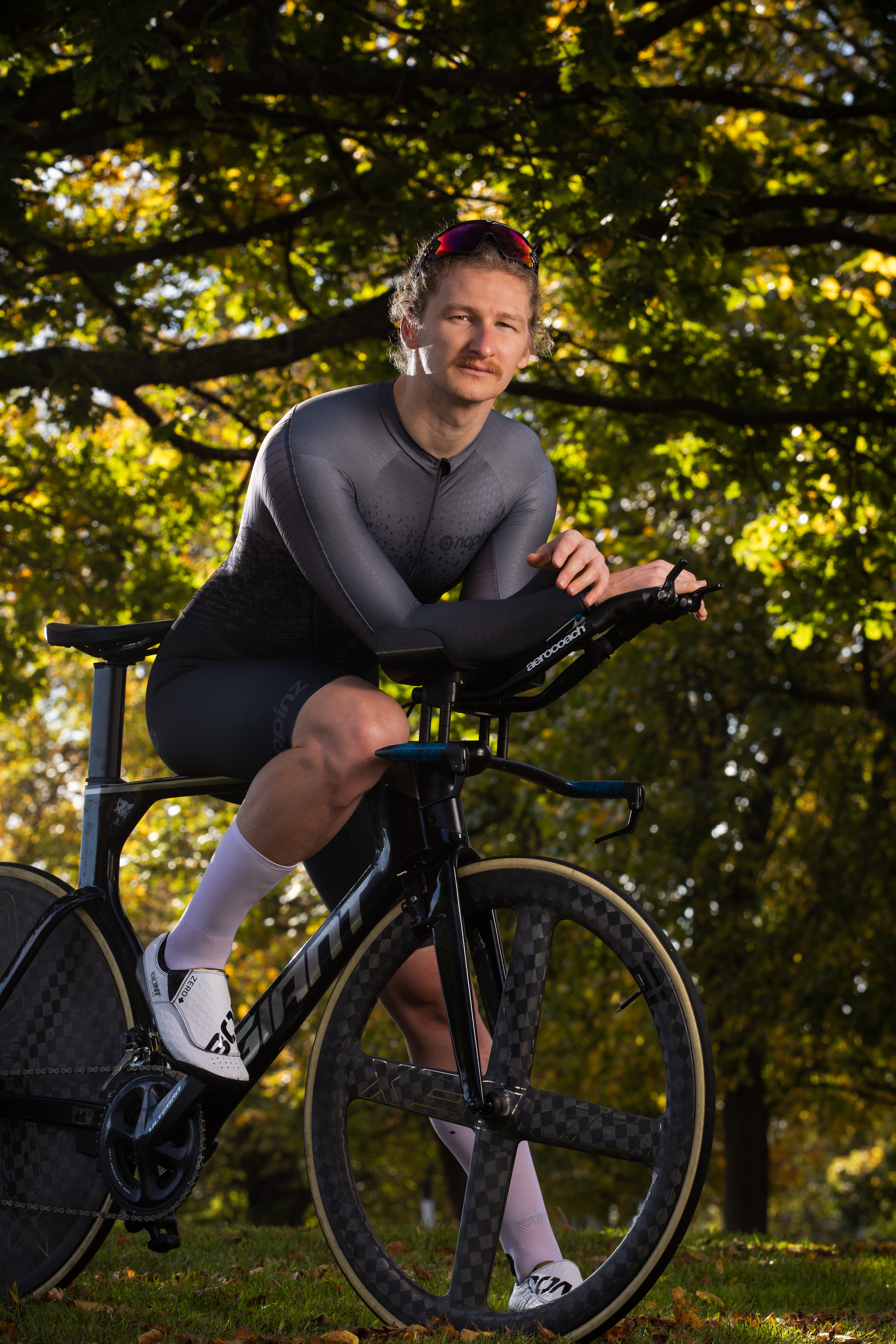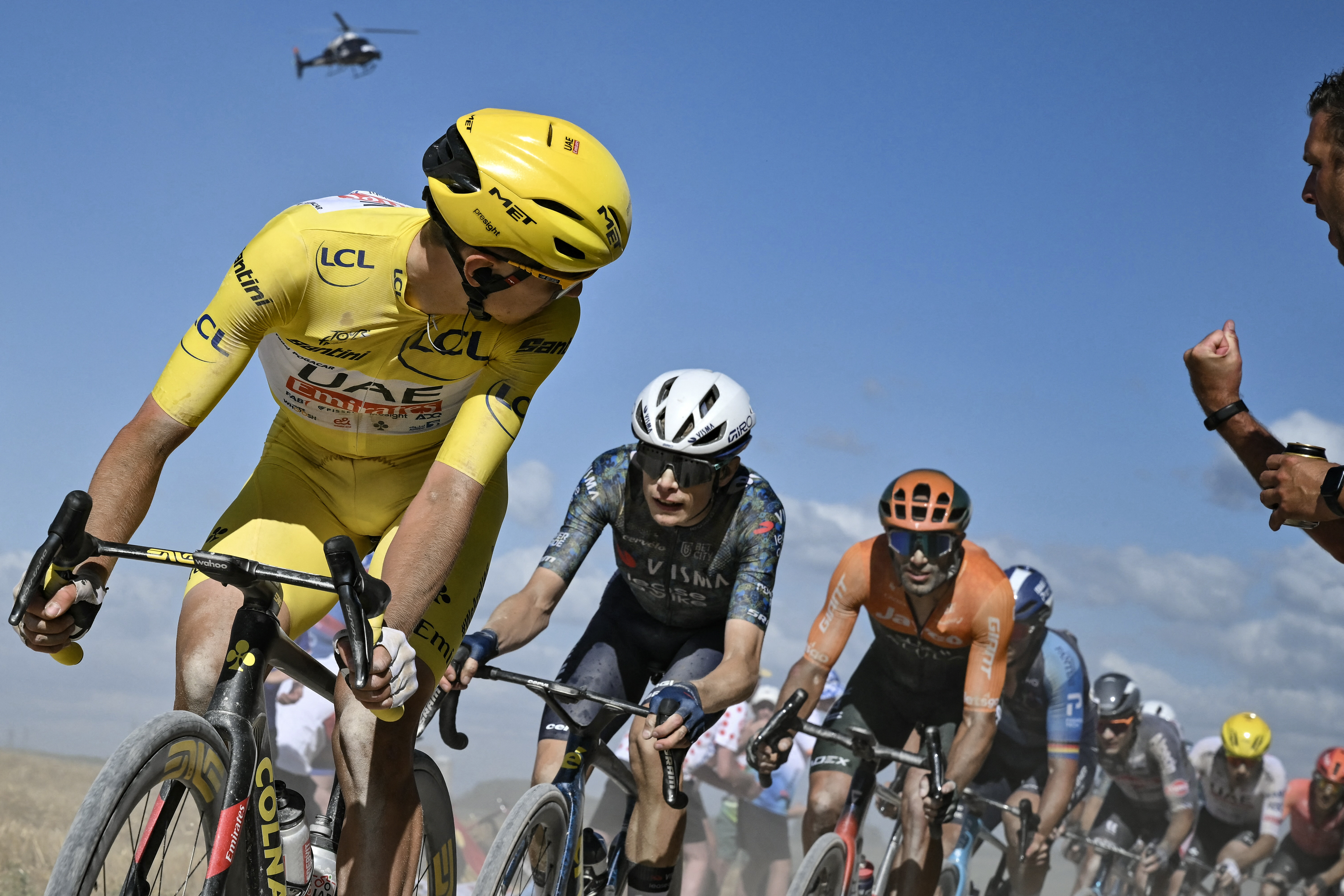‘It feels safer, but often leads to abuse’: Readers share their thoughts on riding two abreast on the roads
We asked your views on riding safely in a group


The hot topic of riding two abreast has been dominating headlines over the last week, as campaigners have called for changes to the Highway Code to avoid any confusion.
British Cycling and charity Cycling UK want to expand rule 66, which relates to cyclists riding alongside each other on the road, to make it clear the practice is legal and actually safer.
But opinions are split on riding two deep in a group, so we asked Cycling Weekly readers to share their views.
The current wording in the Highway Code, under rule 66, says “you should never ride more than two abreast, and ride in single file on narrow or busy roads and when riding round bends,” but British Cycling believes this should be the rule should be expanded.
British Cycling’s proposal for rule 66 says: “You should be considerate of the needs of other road users when riding in small or large groups. You can ride two abreast and it is often safer to do so, particularly in larger groups or when accompanying children or less experienced riders. Be aware of drivers behind you, allowing them to overtake (e.g. by moving into single file) when you feel it is safe to let them do so.”
CW reader Oli Partner, 18, from Oxford said: “I find that [riding two abreast] is a lot safer than being in a longer single file line, wherever possible I would ride two abreast, however never any more than that. At that point it would be dangerous.
“Some drivers hate it when cyclists ride two abreast for no reason, they think that we are trying to get in the way, this is quite rare but still shouldn't happen.”
Get The Leadout Newsletter
The latest race content, interviews, features, reviews and expert buying guides, direct to your inbox!
Oli added: “There are some cyclists that do break rules of the Highway Code, like jumping red lights or just dangerous cycling. It seems that when a driver sees one cyclist doing this they instantly expect that all cyclists are the same, which is not the case.”
Julie McLay, 63, from the East Midlands shared similar views, saying it’s easier for cars to pass when groups ride side by side.
She said: “I do this when in a group as it means we are a tighter group which should make it easier to overtake by a car (we are less spread out along the road). I also believe cars have to then ensure that no traffic is approaching before they overtake whereas, when I ride single file, I can get squeezed too close to the curb.
“Judging by the comments that have been shouted out, I believe that many drivers have forgotten the Highway Code. Furthermore, the Highway Code is a little vague - clarity would help.”
The discussion about riding two abreast doesn’t just impact cyclists in the UK, as the debate is international.
George Streadwick, 75, from Canada, said he only rides two abreast on dedicated cycle paths.
He added: “Car drivers, which I am also one of, see red when inconsiderate cyclists take up the road. Many times I use the car horn from a distance to warn cyclists that a two-three tonne vehicle is coming at speed greater than theirs and to move over and share the road. I have also had many encounters with inconsiderate car & bus drivers while riding solo, mostly in my earlier days while using main roads.”
Luca di Pierro, 33, from Florance in Italy said he mostly rides two abreast, adding: “So vehicles are forced to slow down and ensure there’s enough space to overcome us. This way I can also chat with the other rider and enjoy cycling.
“Drivers shout, honk, complaining they can’t overtake, but I don’t care as long as it keeps me safer. Drivers often see cyclists as an obstacle especially if they are doing it as a sport.”
But some feel that cyclists will get abuse however they position themselves, so riding two abreast is worthwhile for the added safety.
Rebecca Pritchard, 26, from Leeds, said: “[We] get a lot of abuse either way. Riding two abreast feels safer as means drivers have to wait until it is clear to overtake rather than squeeze past, but this often leads to abuse.
“More education on how overtaking cyclists at different speeds makes such a difference.”

Thank you for reading 20 articles this month* Join now for unlimited access
Enjoy your first month for just £1 / $1 / €1
*Read 5 free articles per month without a subscription

Join now for unlimited access
Try first month for just £1 / $1 / €1
Alex Ballinger is editor of BikeBiz magazine, the leading publication for the UK cycle industry, and is the former digital news editor for CyclingWeekly.com. After gaining experience in local newsrooms, national newspapers and in digital journalism, Alex found his calling in cycling, first as a reporter, then as news editor responsible for Cycling Weekly's online news output, and now as the editor of BikeBiz. Since pro cycling first captured his heart during the 2010 Tour de France (specifically the Contador-Schleck battle) Alex covered three Tours de France, multiple editions of the Tour of Britain, and the World Championships, while both writing and video presenting for Cycling Weekly. He also specialises in fitness writing, often throwing himself into the deep end to help readers improve their own power numbers. Away from the desk, Alex can be found racing time trials, riding BMX and mountain bikes, or exploring off-road on his gravel bike. He’s also an avid gamer, and can usually be found buried in an eclectic selection of books.
-
 UK government 'recognises concerns' but ignores calls for Tour de France to remain on free-to-air television
UK government 'recognises concerns' but ignores calls for Tour de France to remain on free-to-air televisionA petition which sought to change the way the Tour de France was categorised by the government in order to keep it free to watch from 2026 has been responded to
By Adam Becket
-
 Gear up for your best summer of riding – Balfe's Bikes has up to 54% off Bontrager shoes, helmets, lights and much more
Gear up for your best summer of riding – Balfe's Bikes has up to 54% off Bontrager shoes, helmets, lights and much moreSupported It's not just Bontrager, Balfe's has a huge selection of discounted kit from the best cycling brands including Trek, Specialized, Giant and Castelli all with big reductions
By Paul Brett